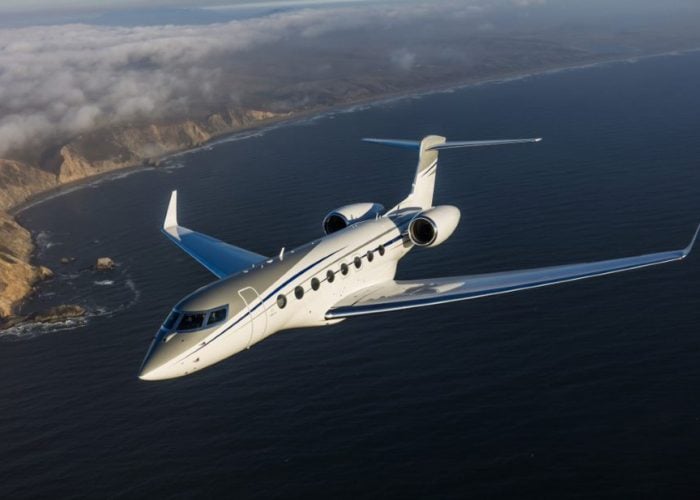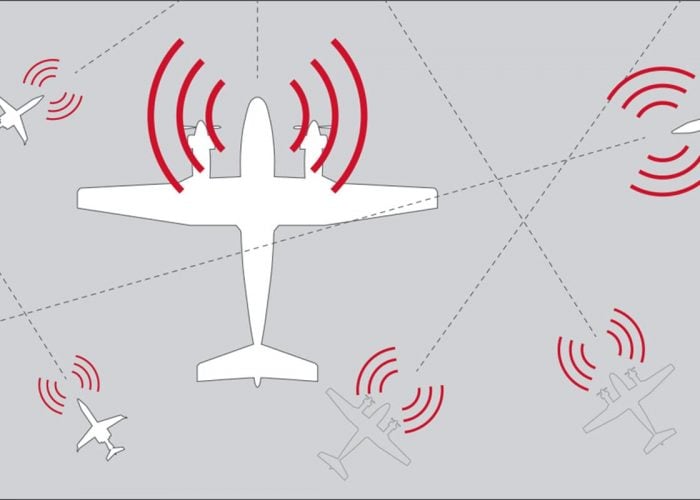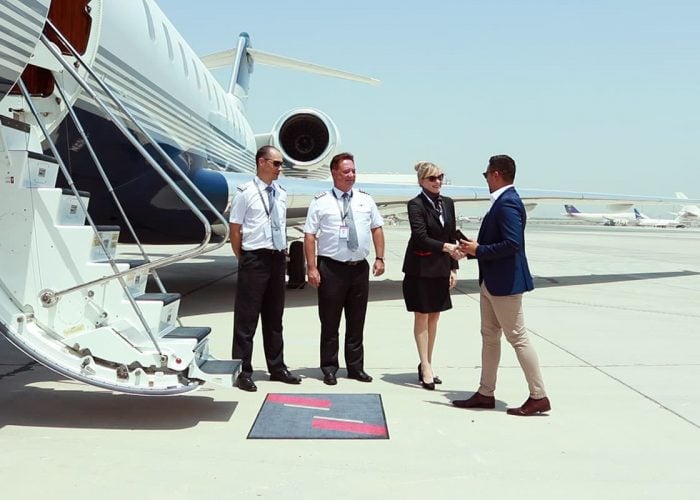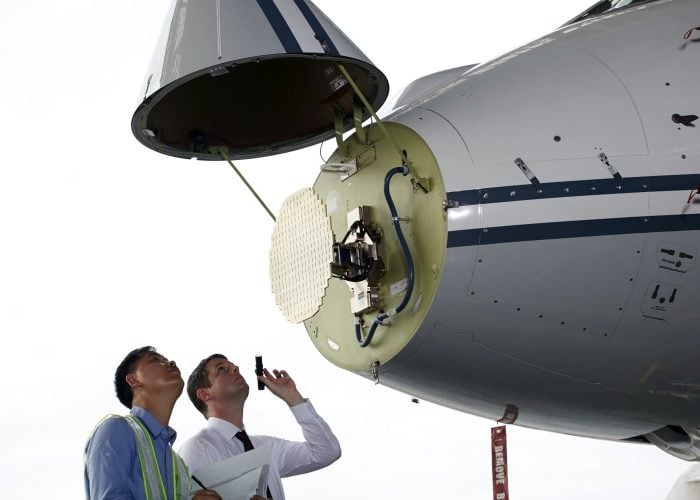
Family offices: structuring your aircraft management resources
Family Office executive summary
Wealth preservation and enhancement remain at the forefront of a Family Office’s undertaking, however seemingly running contrary to this mission are ‘investments’ in aircraft.
Aviation, with its unique complexities, depreciating assets and high operating costs are wealth reductive. It is a purchase of the heart not the head, therefore, the primary question for today’s modern Family Office is how to manage the asset efficiently whilst complying to stringent regulatory, operational, tax and safety parameters.
Yet another cost?
Taking a fictional $10 -15 million investment in an aircraft whereby 70% of the value is financed, the total cost of ownership excluding flying will be just short of $1 million per annum. Add another $3- 4 million of operational costs to fly and $4 – 5 million is a reasonable estimate of the annual exposure.
With aircraft management fees running at approx. $150k per annum, it is easy to see why Family Offices may baulk at yet another cost. Indeed, some view it as one cost too far, after all crew downtime can be employed to manage the aircraft. However, in my view this perspective misunderstands the role of aircraft management. As in financial Fund Management, a professional, independent advisory service is required to deliver the Family Office’s fiduciary responsibility to the Principal. It is not, as is sometimes perceived, a dressed-up admin role.

Structuring your aircraft management team
Whether your Principal owns or is considering owning an aircraft, the Family Office will need to fundamentally decide where the responsibilities for managing that aircraft lie. If charter is considered to offset some of the fixed costs of ownership, then the Family Office will have no choice but to seek a management company with an appropriate commercial air operating certificate. However, with oversupply in the charter market, this option has become less attractive with an increasing number of clients focused on private operations. Whether the aircraft operates privately, or commercially the following strategic choices are available:
- In-sourcing – utilise your crew downtime and / or retain expertise within the Family Office team
- Mixed source – utilise your crew downtime and hire a third party aircraft management company to perform complementary tasks
- Outsourcing – hire a turnkey solution to run the asset
In-sourcing caps headline ‘visible’ costs but can add inefficiency

While in-sourcing may seem the most attractive option (particularly for those who are looking to utilise flight crew ‘downtime’) it may result in cost inefficiencies creeping in over time. This is not the fault of the crew or its experience level; it simply reflects the ability of one or two people to manage a broad ecosystem of suppliers while managing the regulatory & operational complexities required to safely operate the aircraft (the same is true of hiring / or retaining an expert as part of the Family Office team).
A large aircraft management company will be able to draw on the collective experience of managing hundreds of aircraft, diverse types and operations worldwide reducing the knowledge limitations of small teams within a couple of calls. For example, a recent maintenance client saved money simply due to our UK and US completions teams liaising, resulting in a lower carpet and veneer replacement cost. No matter how well networked, this conversation is unlikely to take place in small teams.
Our view. As tempting as it is, don’t overburden your crew with additional responsibilities. The increment on top of a $4.5-5 million plus operating budget to hire an aircraft management company will almost always deliver value enhancements.
Mixed source – the best of both worlds?
Sometimes, but not all the time. Internecine politics can rival Game of Thrones as both ‘advisers’ may have conflicting points of view. For example; a Principal flying 100 hours or less should not own an aircraft but may have been ‘advised’ to buy. From our point of view there is no financial justification for this purchase. There are simply more financially efficient ways of using private jets through block hours, lease, fractional, ad-hoc charter or membership programs. However, if your job is intrinsically linked to the Principal’s aircraft then it is unlikely that you’ll be supportive of that point of view. It is here the problems with this structure begin – there are personal, vested interests.
Therefore, to make this structure work, the Family Office must create clear lines of accountability, delegating responsibilities and key performance indicators as appropriate. Asset strategy should be placed in the hands of the advisers with the broadest world view of the operation, OEM product strategy, the charter, lease and pre-owned market. Status calls should take place monthly and quarterly face-to-face meetings are advised between the Family Office and both advisers.

Our view. Don’t abdicate responsibility for setting the rules of engagement to either party. You are the client. Make it clear to both parties that their retained responsibility is value enhancement and both parties are required to use their strengths to deliver against that agenda. There can be no room for sacred cows, politics or power plays.
Outsource – clear accountability

This is no abdication of responsibility. The Family Office controls the retained relationship through a set of KPIs to be regularly reviewed providing the Principal with high quality information upon which future decisions regarding the asset can be made.
The upside? Complete clarity and objectivity with little conflict of interest. The imperative is always placed on the aircraft management company to provide value enhancement either through its service, its ability to safely reduce operational costs or the quality of its advice on an array of subjects from maintenance oversight to asset sale / purchase strategy, etc. The straight-line nature of this relationship may also help with re-sale value of the aircraft. Major aircraft management brands are well known for their stringent oversight of aircraft records, something that both brokers and buyers are reassured on (anecdotally an aircraft Broker put this figure at between 7.5-10%).
However as with any professional service, failure to deliver an advisory service that manages and adds value by optimising operational cost will result in a lack of relevance, a poor perceived return on investment and ultimately replacement.
Our view. Set clear KPIs and performance levels in a similar way that you would to any third party adviser. Appraise quarterly on the basis of the aircraft management company’s ability to run the operation commercially without compromising either safety or service levels.
Conclusion
Outsourcing offers the potential for more reward
It is indisputable that the world of business aviation has become more complex, relying on a depth of expertise across a broad set of intrinsically linked subjects. Using a single point to manage these complexities invites inefficiency to leach into the system, undermining the Family Offices’ purpose of wealth protection.
It may well be tempting for Family Offices to extend their knowledge base by hiring expertise rather than avoiding the ‘costs’ of an aircraft management company. Whilst there are pros and cons for both approaches, we would advocate that a strategy of augmentation or outsource would lead to a more efficient operation.
The benefits of this approach will become apparent through:
• An efficient outsource structure that places the onus clearly on the service provider.
• Transparent, fee-based remuneration that removes opaque, erroneous mark-ups, ForEx and transaction fees.
• Enhancements in buying efficiencies across major cost areas such as fuel, training, etc.
• The protection of residual aircraft values through a strong industry reputation in areas such as technical record keeping, maintenance oversight and planning.
• The removal of single points of failure within the operation.
• The removal of any inherent decision-making bias.
• Independence in the evaluation of critical safety performance data, human resources, crew logistics, maintenance oversight, etc.
• Back office systems & data processing strength
Safe harbour statement
No representation, guarantee or warranty is given as to the accuracy, completeness or likelihood of achievement or reasonableness of any forecasts, projections or any forward looking made by or on behalf of Gama Aviation. Forecasts, projections and forward-looking statements are, by their nature, are subject to significant uncertainties and unpredictable variations in market conditions. The information provided should not be construed as advice to make business decisions.
Neither Gama Aviation nor its shareholders, Directors or employees or other representatives shall be liable for any loss, expense or cost (including without limitation, any direct or indirect loss) that you incur directly or indirectly because of, or in connection with the use of data, information, estimates, projections, forecasts or forward-looking statements contained herein.
